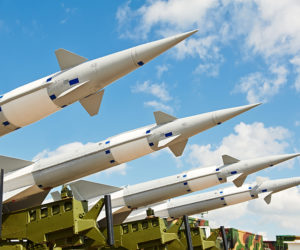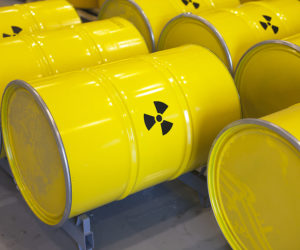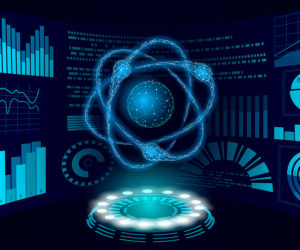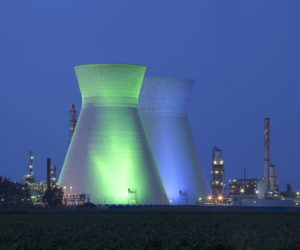
Sorry, your browser is not compatible with this application. Please use the latest version of Google Chrome, Mozilla Firefox, Microsoft Edge or Safari.
Nuclear Power content

Lessons From France’s Nuclear Program
France is pressing forward with a bold new nuclear strategy, aiming to build six next-generation reactors after decades of delays and cost overrun. The EPR2 program focuses on simplified designs,…
Learn More


Projected Costs of U.S. Nuclear Forces, 2025 to...
The CBO’s 10-year outlook on U.S. nuclear forces reveals projected costs nearing $900 billion, driven by efforts to modernize land, sea, and air-based nuclear delivery systems. The report breaks down…
Learn More


Nuclear Waste Cleanup: DOE Needs to Improve...
A new GAO report reveals that more than half of the mission-critical infrastructure at the Department of Energy’s Waste Isolation Pilot Plant (WIPP) is in substandard condition, raising concerns about…
Learn More


Executive Order 14302: Reinvigorating the Nuclear...
The United States is taking bold steps to reclaim leadership in nuclear energy through Executive Order 14302. The directive aims to rebuild the domestic nuclear fuel cycle, accelerate advanced reactor…
Learn More


Executive Order 14300: Ordering the Reform of the...
This executive order initiates sweeping reforms of the Nuclear Regulatory Commission (NRC) to accelerate the growth of U.S. nuclear energy. It criticizes the agency for slow licensing processes and outdated…
Learn More


Executive Order 14299: Deploying Advanced Nuclear...
A new executive order directs the rapid deployment of advanced nuclear reactors—such as small modular and microreactors—to power military bases and critical AI infrastructure. With national security in mind, the…
Learn More


Executive Order 14299: Deploying Advanced Nuclear...
The U.S. is accelerating the deployment of advanced nuclear technologies to power military bases and critical AI infrastructure, aiming to enhance energy resilience and national security. A new executive order…
Learn More


Small Modular Reactors: A Realist Approach to the...
Small Modular Reactors (SMRs) offer a promising path forward for nuclear energy—providing clean, reliable, and potentially more affordable power through factory-built, scalable designs. This report outlines how SMRs could serve…
Learn More


National Nuclear Security Administration: Fully...
The National Nuclear Security Administration (NNSA) is managing its largest workload since the Cold War, overseeing a $200 billion nuclear weapons modernization effort. To address operational challenges, the agency launched…
Learn More


The United States of America-Republic of Korea...
The United States-Republic of Korea Nuclear Consultative Group (NCG) serves as a vital platform for strengthening extended deterrence and addressing nuclear threats on the Korean Peninsula. Established under the 2023…
Learn More


National Nuclear Security Administration...
The National Nuclear Security Administration (NNSA) oversees the modernization of U.S. nuclear weapons and infrastructure, addressing both technological and logistical challenges. With billions of dollars at stake, the NNSA relies…
Learn More


Report on the Nuclear Employment Strategy of the...
The U.S. nuclear employment strategy reflects a dynamic and evolving security landscape. With multiple nuclear-armed competitors like Russia, China, and North Korea, deterrence has grown more complex. The 2022 guidance…
Learn More


The Ultimate Fast Facts Guide to Nuclear Energy
Nuclear energy has quietly powered the U.S. for over 60 years, providing nearly 20% of the nation’s electricity—enough to keep 72 million homes running. Nearly half of America’s clean energy…
Learn More


U.S. Nuclear Regulatory Commission Backgrounder:...
Nuclear power facilities use digital and analog systems to monitor, operate, control and protect their plants. Digital assets critical to plant systems for performing safety and security functions are isolated…
Learn More


Characterizing Nuclear Cybersecurity States Using...
Learn more about the potential of Artificial Intelligence (AI) and Machine Learning (ML) technologies to better characterize normal and abnormal system states and detect various cybersecurity events. By implementing and…
Learn More


